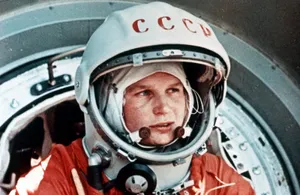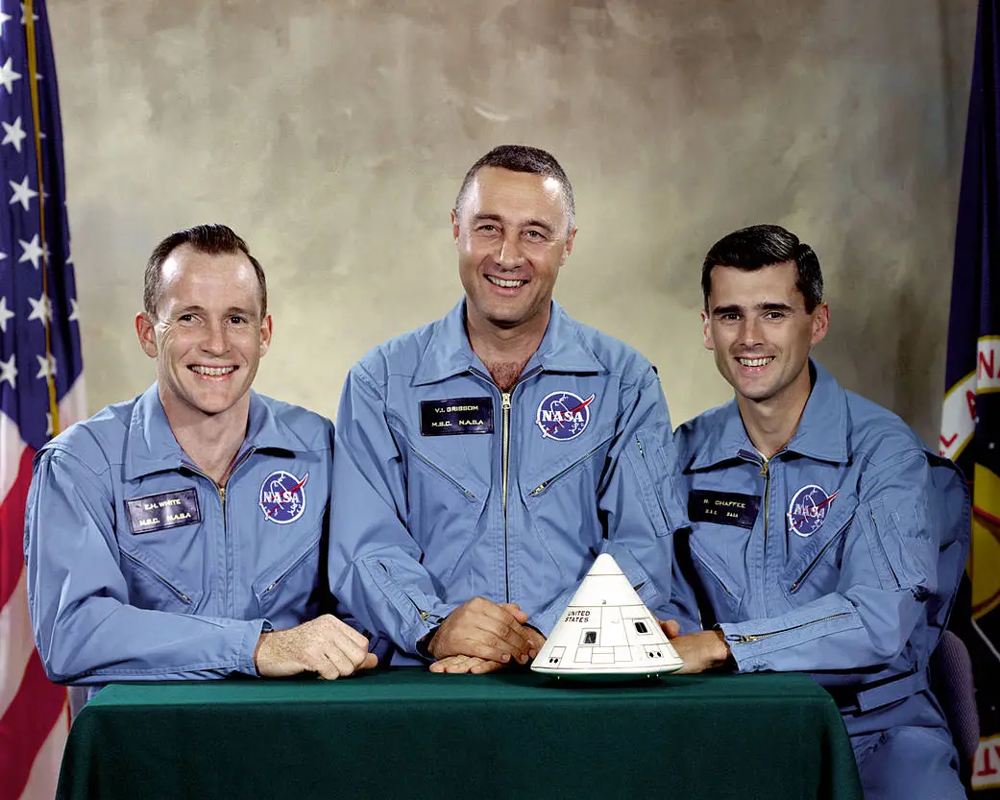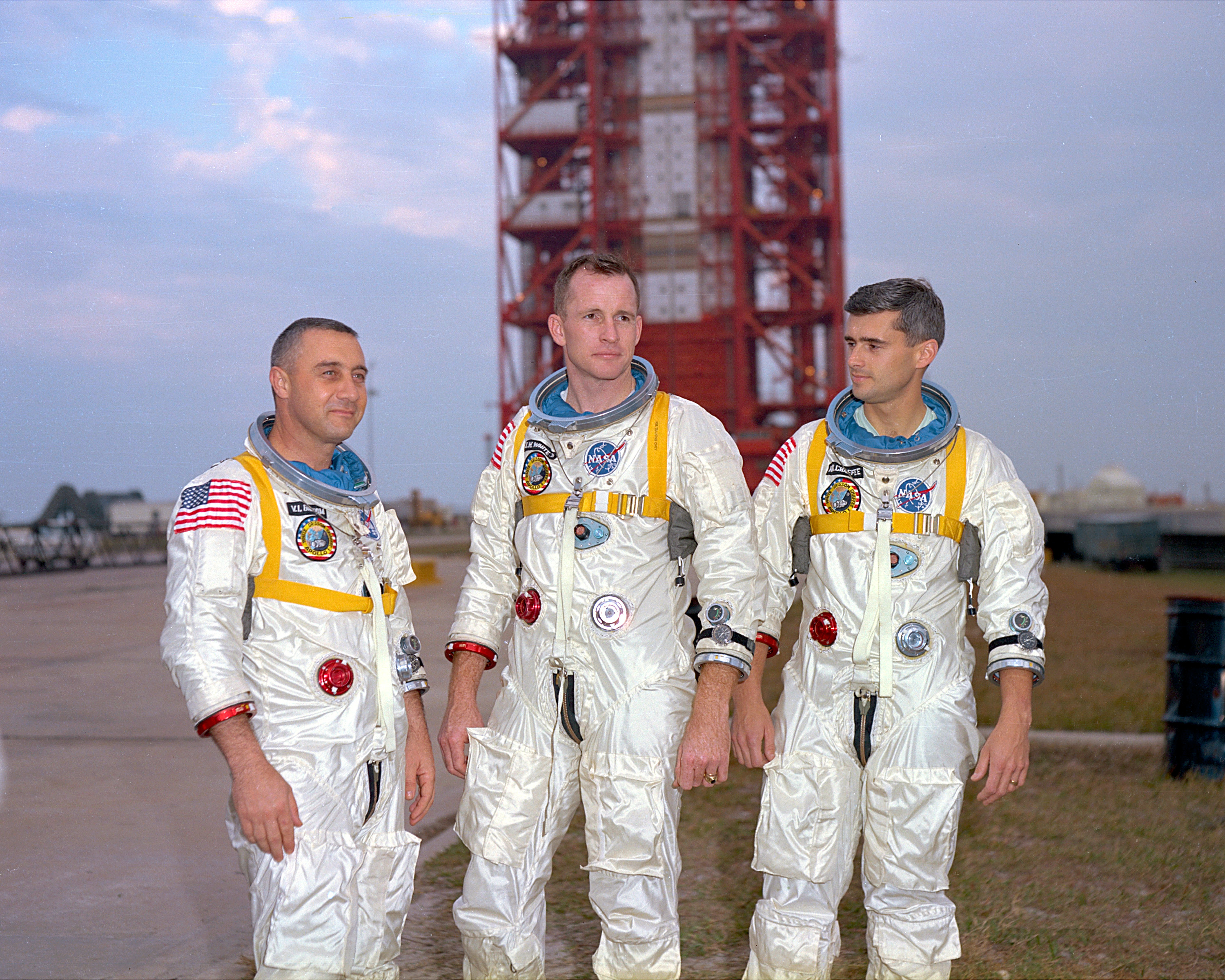· today in space history · 3 min read
The Day Soviet Women Reached for the Stars
Sixty-three years ago, the Soviet Union selected the world's first female cosmonaut training group, launching a new era in human spaceflight that would transform our understanding of gender equality in space exploration

On February 16, 1962, in a historic decision that would reshape the future of human spaceflight, Soviet authorities officially selected five women to become the world’s first female cosmonaut training group. This groundbreaking move, coming less than a year after Yuri Gagarin’s historic first spaceflight, marked humanity’s first deliberate step toward gender equality in space exploration.
Breaking the Gender Barrier
The selection process reflected the unique challenges and opportunities of early spaceflight. With a limited pool of female military pilots available, Soviet officials focused their search on skilled sport parachutists under 30 years of age. The physical requirements were precise: candidates had to be under 170 centimeters tall and weigh less than 70 kilograms. From this specialized group emerged five remarkable women: Valentina Tereshkova, Tatyana Kuznetsova, Irina Solovyova, Zhanna Yerkina, and Valentina Ponomaryova.
Training for History
Starting in March 1962, these pioneering women undertook the same rigorous training program as their male counterparts. The requirements were extraordinary: each candidate completed 120 parachute jumps, underwent intense centrifuge testing to simulate launch and reentry forces, and mastered the controls of MiG-15UTI jet trainers. Their academic curriculum included comprehensive studies of rocket theory and spacecraft engineering, preparing them for every aspect of spaceflight operations.
Cold War Competition
The timing of the program was no coincidence. In May 1962, during a visit to Washington, cosmonaut commander Nikolai Kamanin learned from astronaut John Glenn about NASA’s potential plans to launch a woman into orbit by year’s end. This information, though the American flight would never materialize, added urgency to the Soviet program. The space race had found a new frontier in gender equality.
The Historic Achievement
The program achieved its primary goal on June 16, 1963, when Valentina Tereshkova became the first woman in space aboard Vostok 6. Her three-day mission demonstrated conclusively that women could handle the physical and psychological demands of spaceflight, though it would be nearly two decades before another Soviet woman would follow her path to orbit.
An Incomplete Revolution
Despite its groundbreaking nature, the program faced significant headwinds. Chief Designer Sergei Korolev and various military commanders showed little enthusiasm for female cosmonauts. Plans for additional all-female Vostok or Soyuz missions never materialized, and the training group was ultimately disbanded in October 1969. The Soviet space program would not fly another woman until Svetlana Savitskaya’s mission in 1982, strategically timed to precede the first American female astronaut.
Legacy and Impact
The selection of these five women in 1962 represented more than just a Cold War publicity move. It proved that spaceflight was not the exclusive domain of male military test pilots. The rigorous training program they completed established standards and protocols that would influence future generations of both Soviet cosmonauts and American astronauts.
Looking Forward
Today, as space agencies worldwide emphasize diversity and inclusion in astronaut selection, the pioneering achievements of the 1962 female cosmonaut group remain relevant. Their selection sixty-three years ago demonstrated that the only true barriers to spaceflight were those of technology and opportunity, not gender. As humanity prepares for long-duration missions to the Moon and Mars, the legacy of these five remarkable women continues to inspire new generations of space explorers, regardless of gender, to reach for the stars.

Theodore Kruczek





